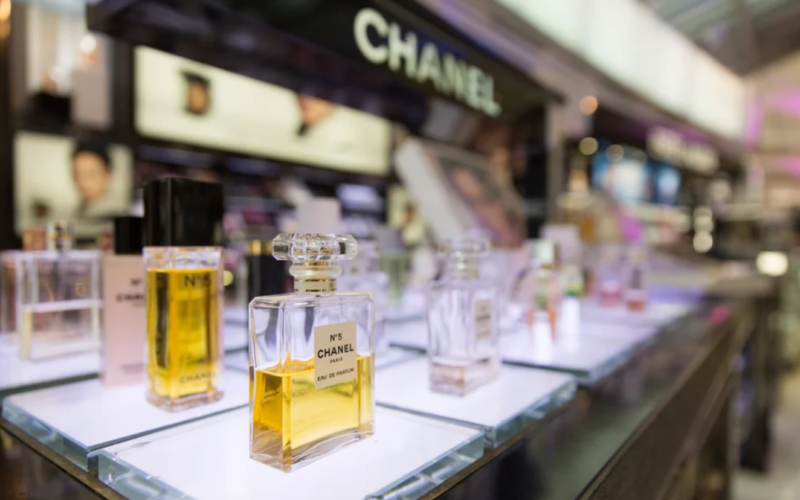Chanel, the renowned luxury fashion house, has made significant price adjustments for its high-end products, signaling a strategic response to evolving market dynamics. These changes, which include price increases in several Asian markets, come against the backdrop of a global luxury goods industry grappling with shifting demand patterns in the wake of the post-pandemic era.
In September, Chanel implemented price increases for its exclusive range of products in China. This decision reflects the company’s efforts to adapt to a changing luxury landscape characterized by evolving consumer preferences and market uncertainties. While China is at the forefront of these adjustments, Chanel also raised prices in other key markets, including Taiwan, Thailand, Malaysia, Australia, and Japan.
Chanel attributes these price adjustments to fluctuations in exchange rates, underscoring the brand’s commitment to maintaining value for its discerning clientele. The luxury brand has stated that overall prices have experienced increases ranging from 6% to 8%, a reflection of the complexity of managing global pricing strategies amidst a dynamic economic environment.
The global luxury goods market has encountered a period of transformation following the exuberant post-pandemic years. Chanel’s decision to revise prices in multiple markets underscores the need for luxury brands to remain nimble in response to changing consumer behaviors and economic factors. As demand patterns evolve, luxury fashion houses are reevaluating their pricing strategies to align with shifting expectations.
Chanel’s approach to price adjustments reflects the delicate balancing act faced by brands. While maintaining the essence of tradition and exclusivity, these brands must also remain attuned to market realities. Chanel’s strategic moves exemplify its commitment to preserving the allure of its products while navigating the complexities of today’s luxury industry.
Chanel’s recent price adjustments in China and several Asian markets serve as a testament to the evolving nature of the luxury goods sector. The company’s proactive response to exchange rate fluctuations and shifting consumer dynamics highlights the resilience and adaptability of iconic luxury brands.








